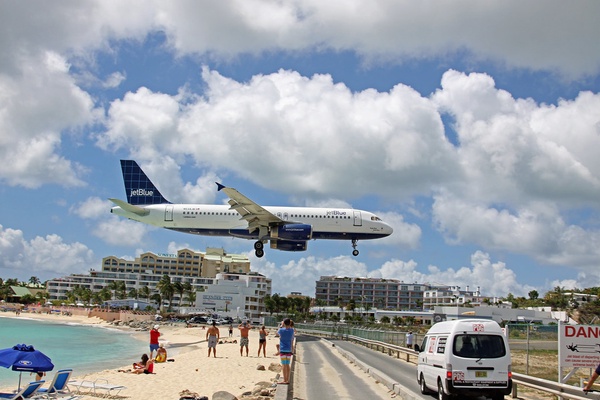
In an effort to decrease childhood obesity rates in the United States, the Obama administration will begin to eliminate unhealthy foods such as sodas, French fries, and candy bars from the nation’s schools on Feb. 7, 2011. The National School Lunch program serves more than 31 million children in over 100,000 different schools and was created in 1946 to combat malnutrition in school. Now, health officials are worried that children are eating too much of the wrong foods for lunch. About two thirds of the nation’s adults and one third of children are overweight, both double the rates of 1980. Obesity is the main source of cardiovascular disease, the leading cause of death in the country, and can lead to health problems such as diabetes, heart disease and some types of cancer. While the administration has required schools to offer more nutritious and healthy options, the more recent efforts to ban junk food from schools poses many questions regarding whether this solution will really help our country.
Ellie ‘15 disagrees that this resolution will reduce obesity rates in our nation. “Not making junk food available to students in school doesn’t affect the decisions about food they make out of school. If junk food is banned, children would go crazy for it once they finally got access to unhealthy food out of school. Instead of banning junk food completely, the administration should work on providing education to children about healthier food options,” she said.
New Jersey is the first in the nation to adopt a state-wide school junk-food ban. Schools there are no longer able to sell snacks high in fat and loaded with sugar. Items that list sugar as the first ingredient will be eliminated, and snacks will contain no more then eight grams of total fat and two grams of saturated fat.
Madison ’15 said she believes that other states in the US should follow New Jersey’s example of eliminating unhealthy food. “School is where us students spend most of our time, and where we lay our foundation for healthy habits, and if healthy food is offered in schools, children will have better eating habits as adults,” she said. “With all this access to unhealthy food in schools, children get addicted to the sugary sweets and that leads to the high rates of obesity in our country.”
Other students question whether or not forced healthy food is the right solution. “Healthier options should be encouraged, but not forced,” Reilly Butler ’15 said. “Children need to learn moderation and self control so that in the future they can make the right decisions themselves when it comes to food. By completely banning junk food, children will not learn how to control themselves with it out of schools. Instead schools should offer it, but in smaller amounts then they do now.”
Restrict or educate – what is the right answer? A successful plan to improve nutrition in schools may need to include both restrictive measures and education. It will also require trusting children to resist temptation and choose and be healthy.





